In a two-part series, Abhijeet Singh Rawaley* writes about and tests the validity of the tag of independence that is often ascribed to a career in litigation. In this first part, he looks at the intra-profession influences on any practitioner. The second piece in this series will cover the extraneous influences that litigators face in the practice of their profession.
A shared belief in law school is that of independence associated with a career in litigation. Comparing the pros and cons of litigation and firm-structured transactional practice, being “one’s own boss” in litigation is always a consideration that weighs heavily with a graduate sitting on the fence after law school. In contrast, initial recruits at a large law firm would likely not have a say in decisions such as choice of clientele, areas of practice, perusal of specific cases, pursuit of particular remedies, charging of fees, undertaking pro-bono work, etc.
An adequate challenge may, however, be raised against this belief. This challenge is examined here through limitations to independence– influences both internal and external to the profession. These create a web which every litigating lawyer will have to navigate.
A career in litigation would involve extensive engagement with multiple actors: the peers, the adjudicating judiciary, the regulator and the ‘voluntary’ associations, with each such actor influencing a career at the bar.
Peer-group(s)
Peer-influences within the bar can be determinative on one’s practice; it may often be hard to ignore what others in the profession are doing or not doing. Further, there is a widespread tendency to develop labels for different kinds of lawyers. For instance, it is not hard to hear tongue-in-cheek remarks as whispers in the court corridors— “He is a human rights lawyer always worried about the rights of the terrorists, disregarding national security!” Some are labeled as “money-minting machines for whom the cause of justice is a distant dream.” These imageries of our ‘noble’ profession are frequently plotted in cinematic portrayals of lawyers, both, in Bollywood (discussed here and here) and Hollywood (see this playlist on IMDb).
The hierarchy within this ‘peer’ group further complicates the matters as the chain of seniority can limit a junior entrant’s ability to take up particular cases. However, having said that, it must also be frankly accepted that the bar is a place of great camaraderie, companionship, and solidarity. A litigating lawyer’s connections at his own bar and in other jurisdictions serve the important function of not only professional engagement and academic exchanges but also for healthy socialization. To testify to that, one may just refer to the extensive biographical literature around our judges and lawyers.
Though the relationship amongst lawyers should generally be viewed in horizontal terms, the scheme of “self-regulation” espoused by the Advocates Act, 1961 through creating bar councils goes much beyond the immediate self. Under Section 35 of this Act, the state bar councils are empowered to initiate disciplinary proceedings against lawyers accused of “professional or other misconduct.” The specific instances of use, abuse, misuse and mostly disuse of this power against some lawyers at some points in time is a serious problem. The popular constitution of bar councils through the ballot sometimes makes it electorally convenient or sometimes politically inconvenient for bar councils to act, hence belying any principled and useful application of this functional power. It was just another day when the Bar Council of India notoriously passed a resolution calling for inquiring into allegations of misconduct against two of the most committed public-interest lawyers: Mr. Prashant Bhushan and Mr. Dushyant Dave. On the other hand, there are non-statutory and ‘voluntarily’ formed bar associations, which the Law Commission in its 266th Report notes have “mushroomed” right from the Tehsil or Taluka level up to the apex at the Tilak Marg. These have come to have a widespread and holistic effect on the legal profession’s ‘way of life.’ For instance, the Faridabad District Bar Association’s resolution barring outstation advocates from appearing in that district’s courts dangerously traverses against the constitutional right to practice one’s profession under Article 19 (1) (g) of the Constitution of India. From calling strikes and bandhs (Ex-Capt. Harish Uppal v. Union Of India & Anr., 2002) to passing resolutions which make little logical sense, bar councils and the non-statutory bar associations have indeed come a long way!
Judiciary
A lot has already been said of the judiciary. While it is, of course, true that most judges are truly professional and maintain a distance between what happens inside and what transpires outside of the court, it must also be remembered that they are human too! Blissfully ignoring the development of emotive feelings of favour and disfavour among the judges would be too naïve for any critical observer. Mostly, the relationship between lawyers and judges is that of an intellectual and professional tutelage where the judge (who is usually more senior to the lawyer arguing before him) always tries to bring out the best out of the young counsel appearing before him. Hence, the personal bond is one where judges are often seen as gurus and such a perception is visible in memoirs and biographies of most lawyers and judges. However, at the end of the day, it must be borne in mind that for the practitioner whose bread and butter comes from convincing and pleasing ‘their lordships,’ a hostile judge can literally put a full-stop on a domain-specialist lawyer’s practice if he or she gets hold over the roster of which the lawyer was the litigating master! On the other hand, the more written about phenomenon is that of infamous “uncle (or aunt)-judges’ syndrome” representing the ultimate pinnacle of (actual existence if not mere suspicious appearance) judicial favouritism towards their “nephew (or niece) lawyers.” Since the judiciary is drawn principally from the bar, the but natural continuance of personal relationships after a judge’s appointment has done much damage the cardinal principle that “justice must not only be done; it must also be seen to be done” laid down first in R v Sussex Justices, Ex parte McCarthy ([1924] 1 KB 256). The Law Commission in its 230th Report of 2009 called for the “elimination” of “Uncle Judges” (sic).
Hence, one may say without much doubt, that a career in litigation brings with it its own set of influences. As things seem to be today, while the actors on the stage (both within and beyond the profession) seem to be more or less constant—in the sense that they remain fixed, the influences that they generate will keep fluctuating and remain variable. Since this article had set itself in an expository mandate, the author believes that future scholarship on this theme can attempt to venture into discussing the normative value of some of these influences. One possible starting point would be to map out and distinguish the various influences on the basis of their functional role in the process of administering justice. While some of the influences discussed have an effect of advancing justice, others have the undesirable impact of hindering or limiting justice.
Abhijeet Singh Rawaley is a fourth-year B.A., LL.B. (Hons.) Candidate at NALSAR.


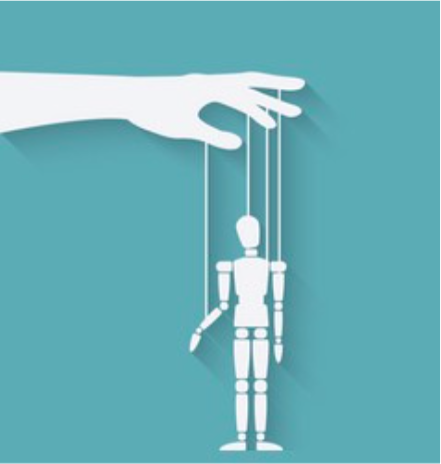

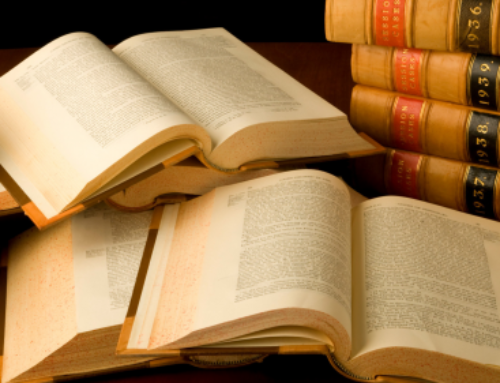
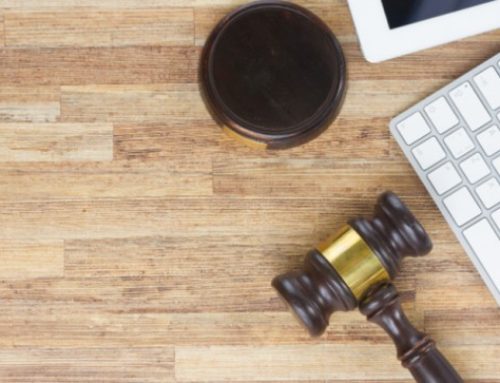
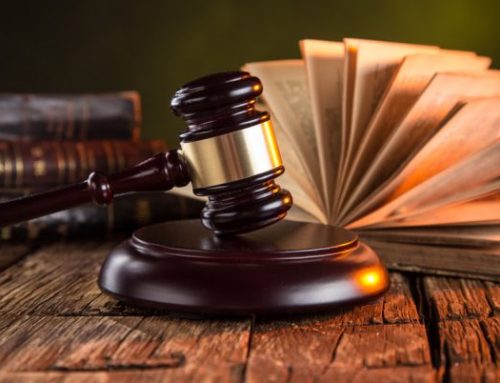
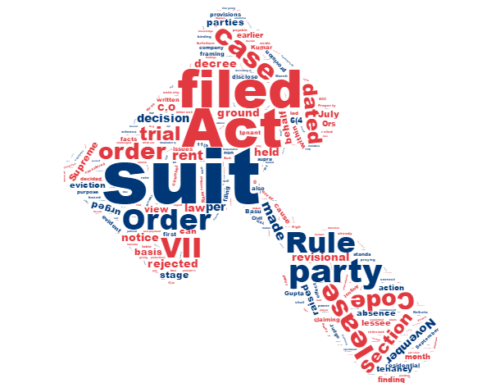
Leave A Comment